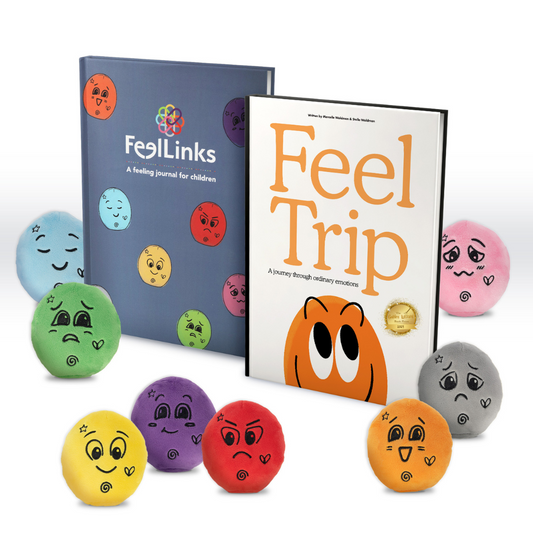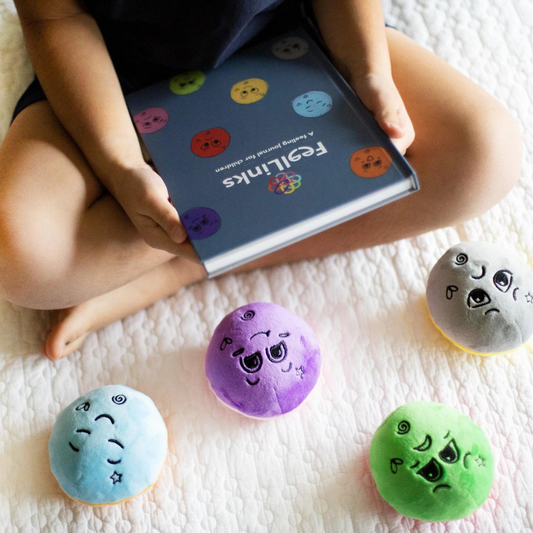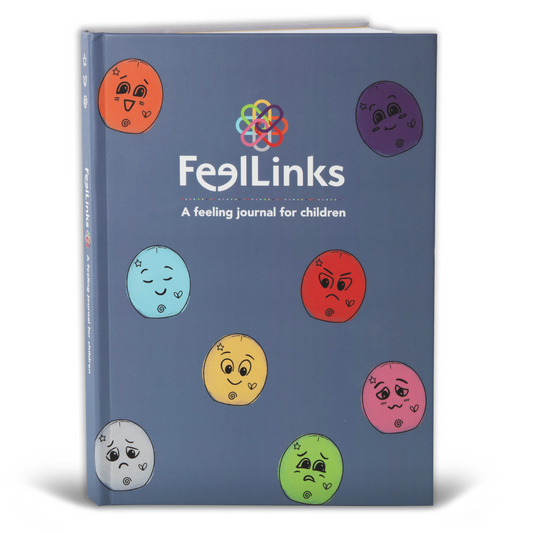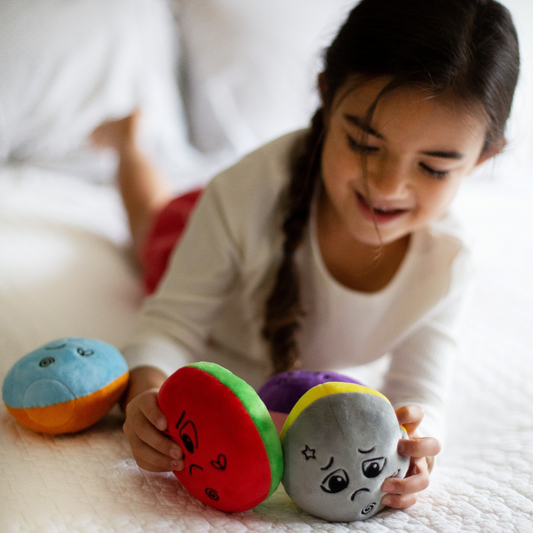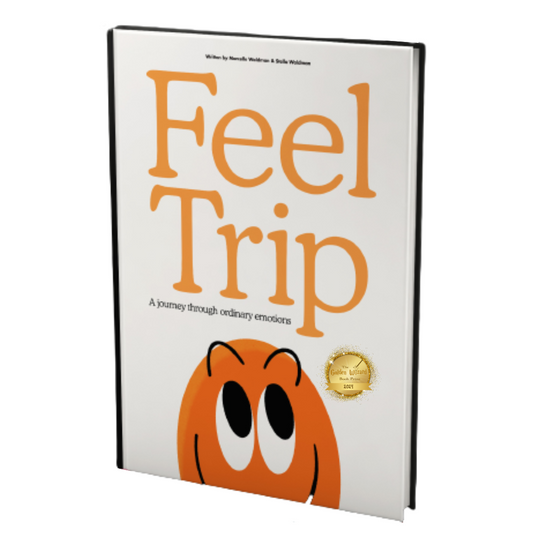Scrap the time-out corner, bring on reset spaces
Share

Scene: Tommy is feeling frustrated because Lucy just grabbed the book he was going to read from the class bookshelf.
Tommy yells in Lucy’s face, as he rips the book from her hands, “I need that book. It’s mine!”
The teacher says, “Tommy, go to the time-out corner right now and think about what you did!”
Now, let's pretend for a moment that we are able to step inside Tommy’s mind and hear what he is thinking, as he sits in the time-out corner…
‘I am all alone. I am feeling angry and scared. I wish someone would come help me calm down.’
End scene.
What I have described above, is known as exclusionary discipline. When students are removed from their current educational setting, directed to a place away from everyone else, where they receive no attention or interactions.
Daniel J. Siegel, MD, and Tina Payne Bryson, PhD, wrote in Time.com “Time-Outs are Hurting Your Child” -
“In most cases, the primary experience a time-out offers a child is isolation. Even when presented in a patient and loving manner, time-outs teach them that when they make a mistake, or when they are having a hard time, they will be forced to be by themselves—a lesson that is often experienced, particularly by young children, as rejection. Further, it communicates to kids, “I’m only interested in being with you and being there for you when you’ve got it all together.”
Time-outs can cause feelings of isolation and rejection, particularly for young children. It is developmentally inappropriate to send a child away to essentially deal with tough emotions on their own. Young children have not yet learned how to support themselves in coping with big emotions. We see children’s behavior on the outside, much like what we see here with Tommy, but it’s what they are feeling, experiencing, and needing, that’s hidden underneath the surface – and it’s our job to support them.
Take a look at the iceberg model, it is a great visual to help us understand that when we see undesirable behaviors on the outside, what we really must uncover and understand is what is happening underneath the surface. It’s our job to be emotion detectives to figure out what is really happening underneath and this cannot happen in isolation in a time-out space, alone.

“Behavior is communication. A few minutes of listening, observing and understanding, can save hours of miscommunication, frustration and conflict. A need met is a problem solved.” – LR Knost
How can we best support students when we see behaviors and they’re feeling tough emotions?
The experience of processing emotions is a vulnerable and highly physical one. Fidgety hands, sweaty palms and awkward repositioning are all examples of attempts to regulate your sensory system while attempting to regulate emotions. Having a variety of tools handy can make a huge difference.
In your classroom (and home) you can set up a reset space!
- What is a reset space? These spaces are a safe, physical space, inside your classroom, which allows children an opportunity to work through emotions, get back to calm, problem solve, reflect, and move on. This all occurs within the classroom, without the child leaving the learning space.
- What it’s not? Reset spaces are not considered a consequence. It is not a place outside of the classroom. It is not a place of isolation.
- Why is a reset space important? Reset spaces are a place for students to label feelings, regulate emotions with healthy coping skills, reflect, move on, then return to the larger group. This is a place where an adult can be there with “time-in” to support the student with labeling, expressing, and regulating tough emotions.
- What’s in the reset space? Reset spaces are sensory spaces for physically processing emotions. These spaces contain developmentally appropriate tools for the children in your care. You will want to include some of the following:
- Hands on tools: Fidgets, plush emotion dolls, squeeze toys, drawing, books, journals, and puzzles.
- Visuals: Posters with visual reminders on ways to calm, including: breathwork techniques, movement options, and an emotion wheel.
- Strategies: Breathwork, sharing feelings, and headphones with calming music.
- “Time-in” from an adult: Students might desire adult connection when times are tough. They want a trusted adult to express themselves safely. Adults can come in at this point as co-regulators; a supportive, soothing, calm adult prepared to help. Teachers can support their students with expressing their emotions, naming them, while feeling validated. Then adults can help the child utilize coping skills to find their calm. Only at this point is the child able to reflect and problem solve with the help of an adult. Most often, a child will talk and process, and it’s time for you to give them a space of comfort and safety, listen without judgment, empathize, then help them reflect and move on.
How do we introduce reset spaces in our early learning classrooms?
- Introduce the purpose of the space.
- Ask children to help with the design of the space.
- Name the space *think about story of Alexander and the Terrible, Horrible, No Good, Very Bad Day, he had a special space called Australia!
- Customize the space based on the needs of the children.
- Gradually introduce, then add new items.
- Discuss and model tools and strategies for calming tough emotions. Do this when times are calm, please do not wait for the tough moments to try introducing someone new.
- Post visuals that show and remind students of a variety of coping skills.
It’s ready to go! How do we get started?
- Teach the expectations of the space:
- When are students able to use it?
- What can be done in the space to help them express emotions and feel calm?
- Give everyone a turn to use and explore the space. This eliminates any fear of using the space, normalizes the space as one for everyone to use and gives students practice on how to use the place appropriately.
How can we support children best in nurturing these important life skills?
- Teach – We must teach explicit skills for coping with tough emotions. This begins with teaching children to become self-aware. This includes, checking in with their body cues to understand what their feeling on the inside. Broadening children’s emotional vocabulary to strengthen their ability to express how they are feeling; which in turn gives adults a better understanding of the child’s needs.
- Model – Adults are the most important models for the children in our lives. We must model what we want to see from them. Show children that your behaviors align with your core values.
- Tools – Provide developmentally appropriate tools for the children in your care.
Young children need support in learning how to cope with tough emotions, which we often see as undesirable behaviors. We want to refrain from isolating them to a time-out space to “figure it out” on their own. When we set up reset spaces within our classrooms, making it accessible to everyone, we are giving children tools they need now, which will eventually translate into self-soothing and self-regulation. We are nurturing life-long skills in self-awareness as they begin to understand their own feelings, self-management as they begin to learn how to manage tough emotions, and social awareness as they begin to sense how others are feeling and grow in empathy and compassion. They cannot do this alone; we are their teachers and models.

